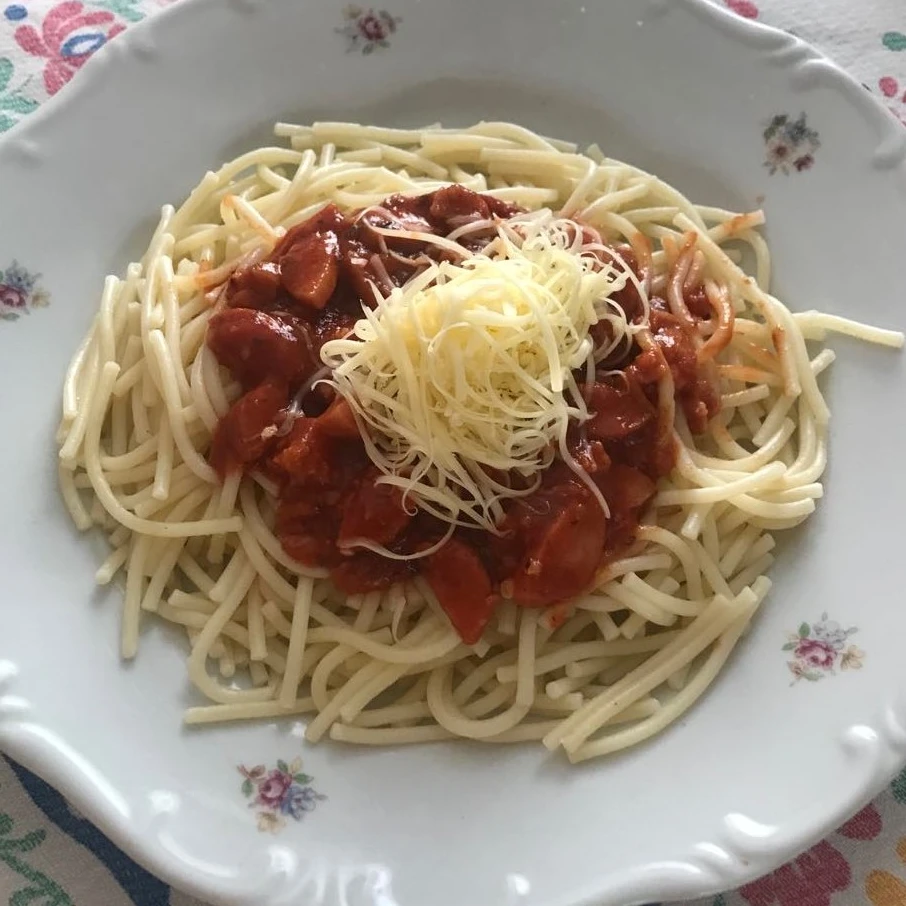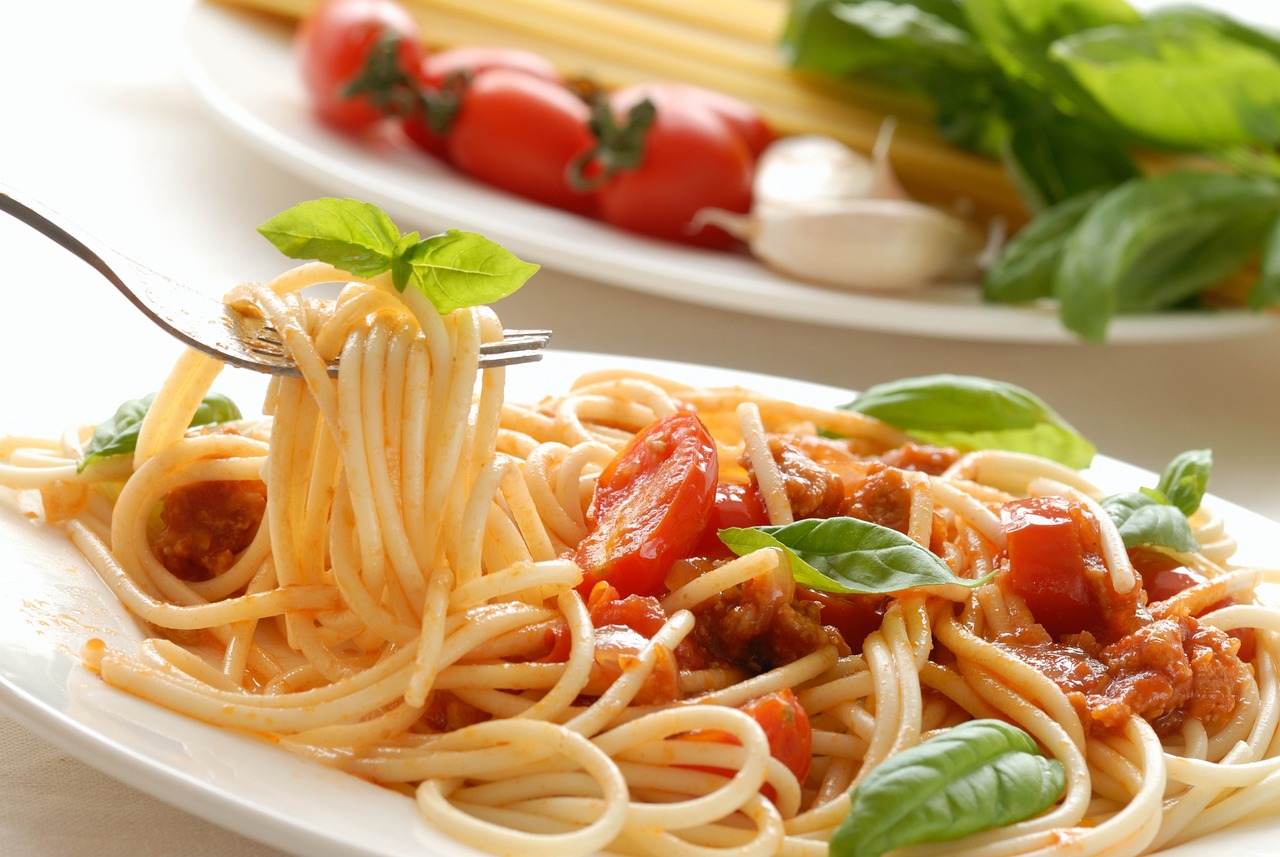Boiling pasta is one of those essential kitchen skills that’s deceptively simple but holds the key to many delightful meals. I’ve been cooking pasta for years, and it never ceases to amaze me how a few small tweaks in the process can elevate something as basic as boiling water and pasta into a culinary success. Whether you’re whipping up a quick weeknight dinner or preparing a feast for friends, perfectly cooked pasta can make all the difference.
So, let’s talk about the basics, and I’ll walk you through my own process for how to boil pasta just right.
To boil pasta, bring water to a rolling boil before adding the pasta to prevent sticking. Cook for 8 to 12 minutes, checking periodically. Start tasting at 8 minutes for al dente; cook longer for a softer texture, but avoid overcooking.
First things first, pick your pasta. There’s a world of options—spaghetti, penne, farfalle, fettuccine—each serving its own purpose. For me, it’s a matter of what dish I’m planning. Longer strands like spaghetti work beautifully with lighter, olive oil-based sauces, while shorter, chunkier shapes like rigatoni or penne pair well with thicker, creamier sauces.
But no matter what pasta shape you choose, the cooking method remains largely the same.
One common mistake people make when boiling pasta is not using enough water. Pasta needs plenty of room to move as it cooks, so I typically use about 4-6 quarts (roughly 4-6 liters) of water per pound (about 450 grams) of pasta. It might seem like a lot, but trust me, it helps keep the pasta from sticking together.
This step is crucial—seasoning the water with salt is where pasta gets much of its flavor. I’ve always been taught to make the water "taste like the sea," which sounds poetic but translates to about a tablespoon of salt per quart of water. Don’t skimp on this. The salt doesn’t just enhance the pasta itself, but it also helps bring out the flavors of whatever sauce you plan to use.
Here’s a tip: bring your water to a full, rolling boil before adding your pasta. Why? Because pasta cooks best in very hot water, allowing the starches to release evenly, which results in a tender, not mushy, final product.
Once the water is boiling, add your pasta. Be sure to stir it in right away to prevent sticking. You don’t need to add oil to the water, despite what you might have heard—it doesn’t actually stop pasta from sticking and can keep sauces from adhering later.
Now, pasta cooking time varies depending on the shape and thickness. This is where personal preference comes in. I like my pasta al dente, which translates to “to the tooth”—a bit of firmness in the center when you bite down. It’s a subtle difference but makes the texture more satisfying.
Check the package for the recommended cooking time, but I always start checking my pasta about a minute earlier. Grab a piece, let it cool for a second, and take a bite. If it’s just tender enough but still offers slight resistance in the center, you’re good to go. If you’re serving pasta with a sauce that you’ll cook further, like a carbonara, you might want to undercook it slightly because it will finish cooking in the sauce.
Once the pasta is done, I quickly drain it in a colander. But, and this is key—save a little bit of that starchy pasta water before you do. This pasta water is like liquid gold! It helps to loosen up the sauce and allows it to cling better to the pasta.
If I’m using a heavy sauce, I don’t rinse the pasta after draining because the starch on the surface helps the sauce stick better. If you’re making a cold pasta salad, though, rinsing the pasta in cold water can help cool it down quickly and stop the cooking process.
Now for the fun part—combining your pasta with the sauce. I prefer to toss the pasta directly into the sauce pan, letting it absorb the sauce rather than just pouring sauce on top. A splash of reserved pasta water can loosen up the sauce if it’s too thick and help the sauce emulsify, coating the pasta more evenly.
Boiling pasta might seem like a straightforward task, but there’s an art to getting it just right. It’s all in the details—the right amount of water, salting properly, timing, and knowing when to combine it with the sauce. The process can feel a bit personal, too. Over the years, I’ve adjusted the way I boil pasta depending on the dish or even my mood that day.
So the next time you’re in the kitchen and getting ready to boil a pot of pasta, take a little extra care. Whether it’s for a simple tomato sauce or a rich, creamy carbonara, that perfect pasta bite can make your whole meal shine.
Boiling pasta might just be one of life’s small pleasures, but done right, it’s also an art.

Sausage Spaghetti is a fun and tasty dish that combines simple ingredients with a rich, savory tomato sauce. Perfect for busy students or anyone craving a comforting meal with a Hungarian twist, this recipe features sausages, luncheon meat, and plenty of herbs. It's a quick and satisfying option for any weeknight dinner. In this guide,…
Chicken Pesto Bowls are the perfect combination of delicious and nutritious. This easy-to-make recipe features tender chicken coated in a savory pesto sauce, served alongside hearty brown rice, roasted cherry tomatoes, and blanched green beans. Whether you're meal prepping for the week or looking for a quick, wholesome dinner, these Chicken Pesto Bowls offer a…

Tomato Basil Pasta is a classic, affordable, and delicious meal that's easy to make, even on a tight budget. Perfect for college students or anyone looking for a tasty homemade dish with simple ingredients. Plus, you can add optional ingredients to level up the flavor while keeping it budget-friendly! Shopping List For this recipe, you…